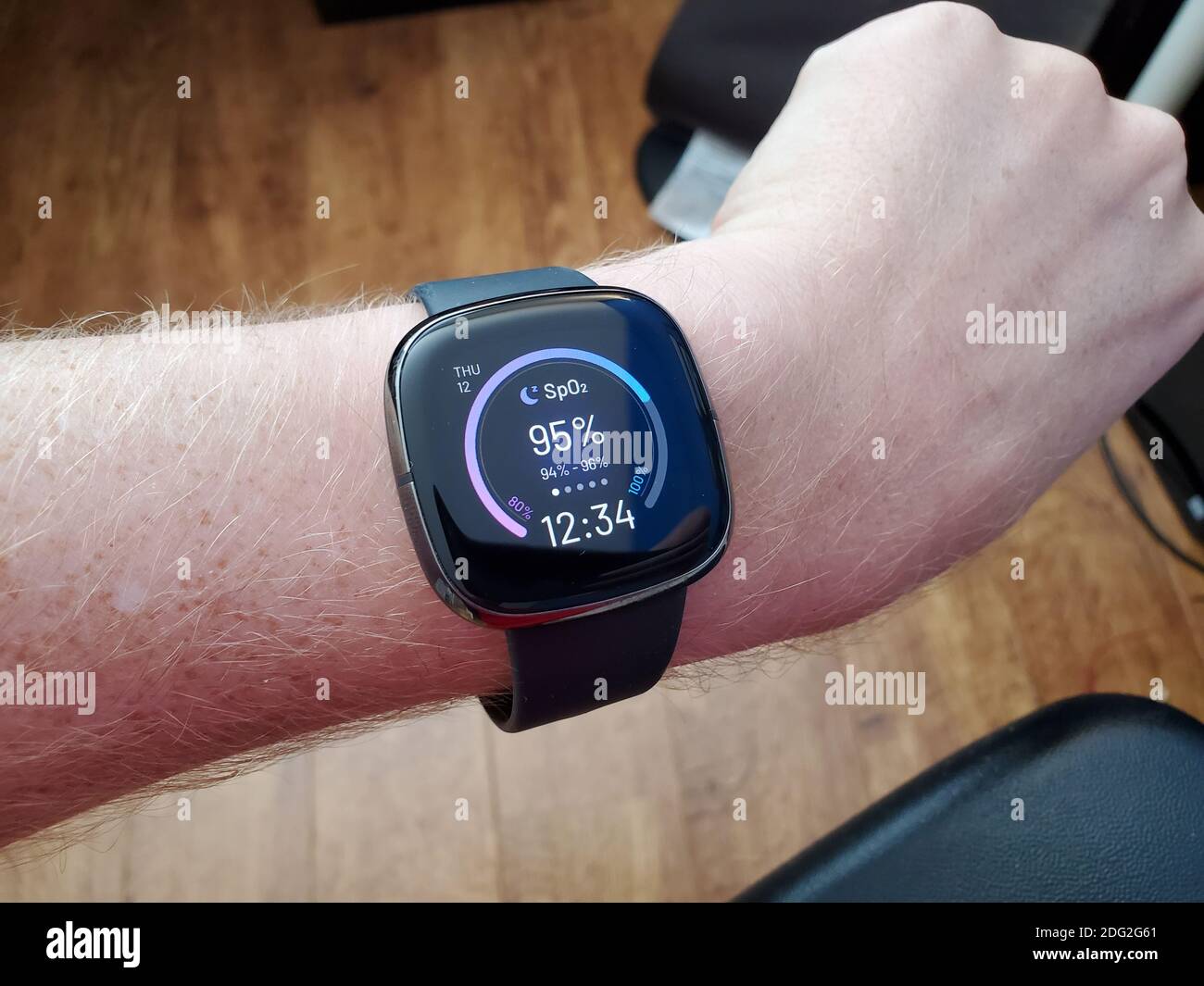- SpO2 (blood oxygen saturation levels) of a healthy person should fall in between 94% and 100%. Supplementary oxygen should be used if SpO2 level falls below 90%, which is unacceptable for a prolonged period of time. Medicare will pay for oxygen therapy and oxygen equipment if your SpO2 readings are below 88%.
- Healthy lungs keep the blood oxygenated at a level between 95 and 100%—if it dips below 92%, it’s a cause for concern and a doctor might decide to intervene with supplemental oxygen.
- Normal Oxygen Level in Blood For most people, an oxygen level of 95-100% is considered to be normal. When the level of oxygen is within this range, it is considered to be optimum for smooth functioning of the cells. A level that is below 95% is a cause for concern and warrants an examination or testing by a medical personnel.
The White House released an update Saturday night, and Conley said the president was 'off supplemental oxygen with a saturation level between 96% and 98% all day.' He said Trump remained free of.
Oximeter Readings Chart
Normal oxygen saturation can be determined by using a device called a pulse oximeter, which was developed to measure a patient's blood oxygen level. The small machine is attached to the end of a finger or earlobe into which it sends different colors of light and then measures the amount of light that is returned. A pulse oximeter might be clipped to a toe when measuring for a pediatric patient. It then determines the blood oxygen saturation level and displays the reading on a small screen. If the reading displayed is between 96 and 100%, the patient is said to be normal.
A reading below 96% oxygen indicates a condition known as hypoxia, or an insufficiency in the supply of oxygenated blood reaching the body's tissues. Readings below 86% indicate significant hypoxia, and readings below 85% indicate severe hypoxia. Some oximeters use different wavelengths of light, which permits them to measure the level of carbon monoxide in the blood in addition to the level of oxygen.
Determination of normal oxygen saturation might be part of evaluating the effectiveness of a medical intervention, but healthcare providers cannot always rely on the readings of a pulse oximeter for an accurate oxygen saturation measure in a patient. Download amazon alexa for mac. Situations in which the device cannot be trusted include patients who are suffering hypoperfusion, more commonly known as shock, and victims of hypothermia, or lowered body temperature by exposure to cold, because not enough blood will be flowing through capillaries for a true reading to be obtained. Carbon monoxide poisoning also will produce readings that are higher than the actual oxygen saturation.
People who smoke have carbon monoxide poisoning, so normal oxygen saturation might not be able to be determined with a pulse oximeter when assessing or treating them. Excess movement and the presence of nail polish on a nail also can prevent accurate readings. The most accurate method of measuring oxygen saturation in a patient, many healthcare providers say, is by assessing the physical signs of hypoxia: cyanosis — a bluish color of the lips, nail beds, and fingertips — and cool, clammy skin. When these signs are seen, oxygen levels are likely low.
A blood pressure reading of 96/53 indicates Hypotension (Low Blood Pressure).
View the full blood pressure chart to learn more about blood pressure readings.
What does a blood pressure reading of 96/53 mean?
Readings where the systolic pressure is normal (between 91 and 119) but diastolic pressure is between 50 and 60 indicate low blood pressure or what is called Hypotension. This is because the worse reading is used when systolic and diastolic pressure fall into different ranges.
What this means is the blood pressure in your arteries is lower than what is considered normal.
However, there’s usually no need to be concerned about low blood pressure unless you’re experiencing dizziness, fainting, nausea or fatigue. Hypotension may not even be diagnosed unless you’re experiencing these symptoms.
What to do if your blood pressure reading is 96/53

The first thing to do is to check your pulse. If your pulse is over 90 your heart may be compensating for the low blood pressure. Call the doctor for advice if you’re pulse is high and your experiencing any unusual symptoms.
What Does 96 Blood Oxygen Mean
As an aside, home blood pressure monitors are amazingly affordable and great way to stay on top of your blood pressure. So invest in your health and check out Amazon’s best rated blood pressure monitors today.
You don’t need to do anything if your pulse is normal and you’re not experiencing any symptoms.
Medications with Blood Pressure of 96/53
You may get low blood pressure as a side effect of certain medications. Already on blood pressure medication? If so it may be working too well and should be adjusted.
Talk to your doctor about adjusting your blood pressure medication dosage.
If lifestyle changes don’t work to raise your blood pressure your doctor might prescribe medicines such as Fludrocortisone, which promotes sodium retention, or Midodrine, which activates receptors in arteries to promote blood pressure.
Lifestyle Changes with Blood Pressure of 96/53
Your doctor may suggest a few lifestyle modifications for those with a blood pressure of 96/53. This will depend on the severity of your low blood pressure in combination with your other health history.
- Increase Salt Intake
Most of the time doctors want you to limit sodium since it can increase your blood pressure. In this instance, that’s just what the doctor ordered! - Drink More Water
Fluids increase blood volume, which can help increase your blood pressure. - Wear Compression Stockings
In more extreme cases your doctor may want you to wear compression stockings that will limit the blood flow to your legs and keep more blood in your upper body.
Citrix workspace 2002. Remember that what is low blood pressure for one person could be normal for another. Don’t get so hung up on the number and instead listen to your body.
 +4 Sources
+4 Sources My Medical Score performs research to ensure the content is accurate and timely. Our sources include high-quality academic research institutions, medical associations and peer-reviewed studies.
Understanding Blood Pressure Readings (American Heart Association)
https://www.heart.org/en/health-topics/high-blood-pressure/understanding-blood-pressure-readingsChoosing Blood Pressure Medications (Mayo Clinic)
https://www.mayoclinic.org/diseases-conditions/high-blood-pressure/in-depth/high-blood-pressure-medication/art-200462802017 Guideline for the Prevention, Detection, Evaluation, and Management of High Blood Pressure in Adults (Journal of The American College of Cardiology)
http://www.onlinejacc.org/content/71/19/e127?_ga=2.86879320.1182640551.1528306905-1524800955.1528306905Low Blood Pressure (MedlinePlus)
https://medlineplus.gov/ency/article/007278.htm
Blood Pressure Readings Near 96/53
